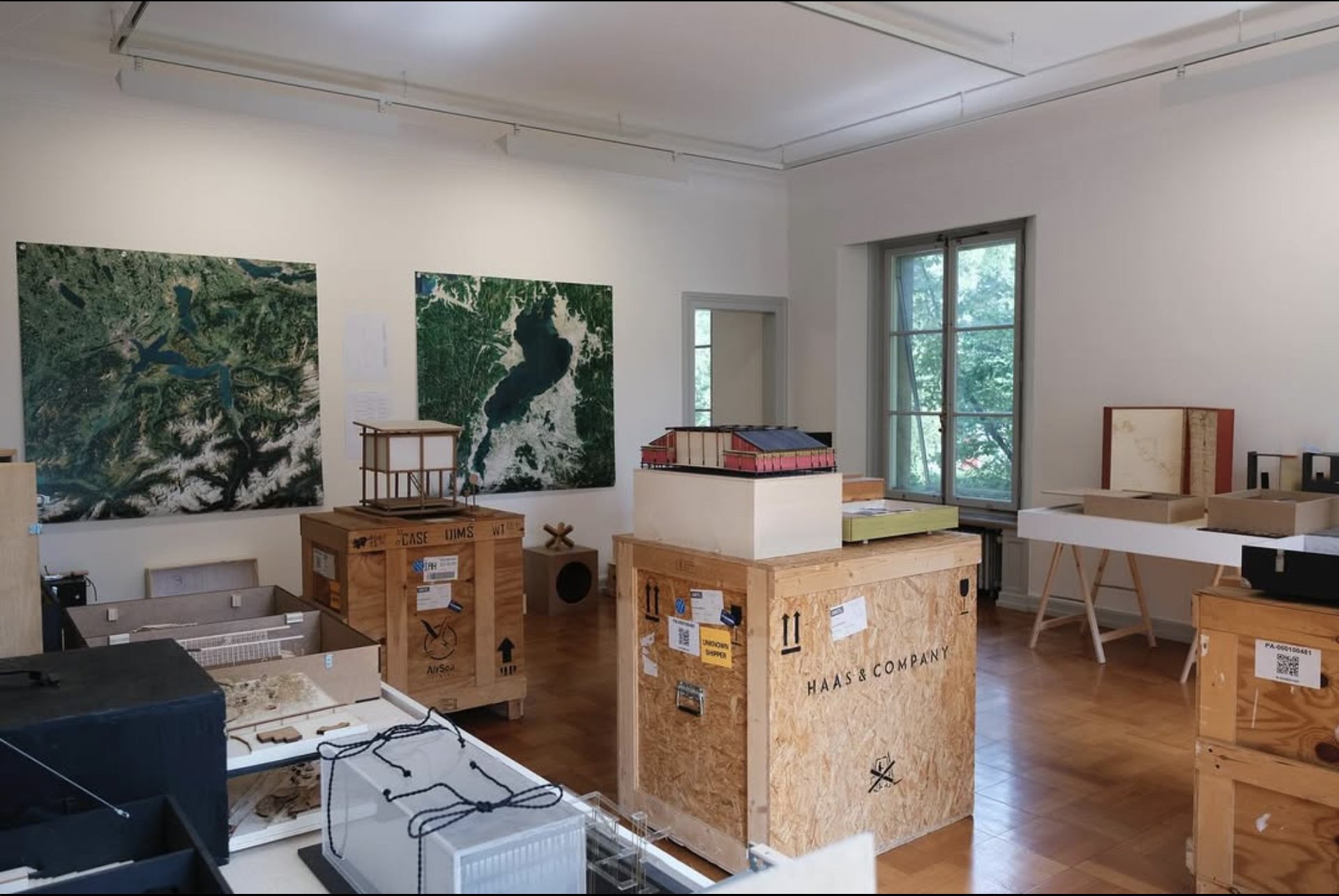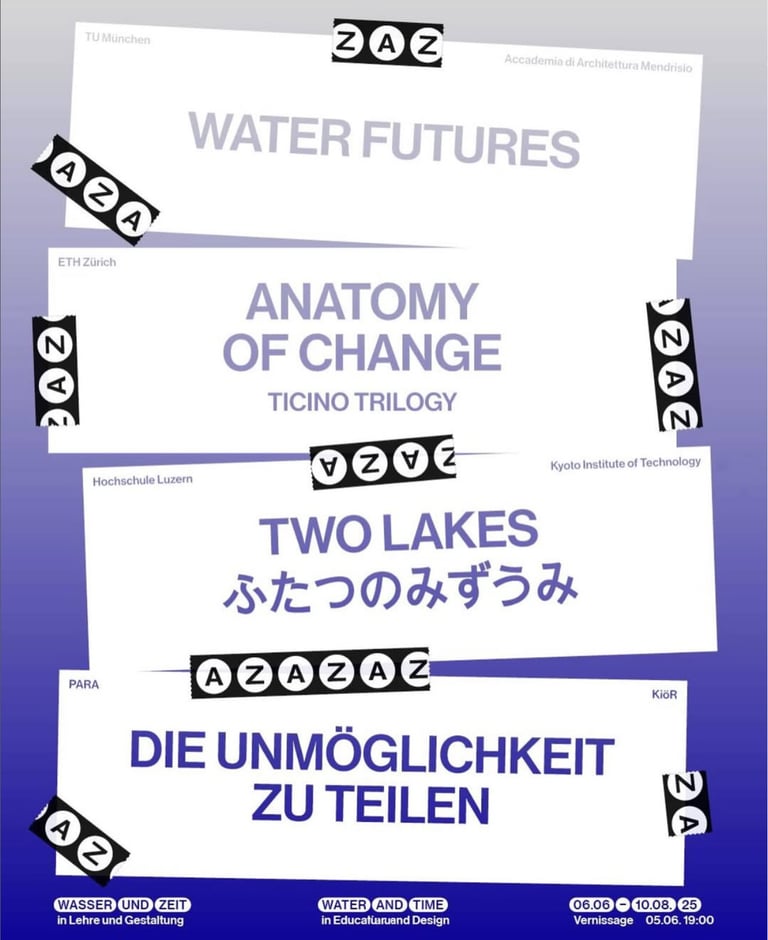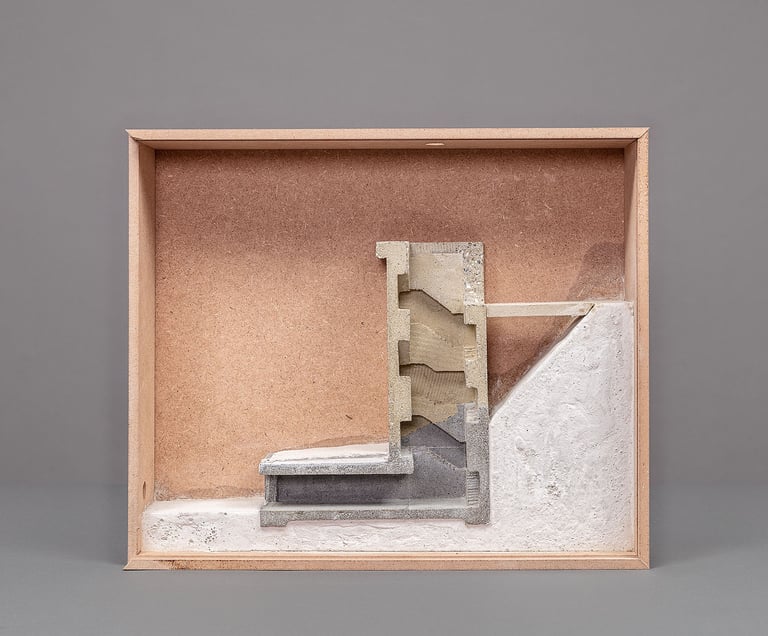
The Culture Of Water - Exhibition in Zurich
The exhibition 'Two Lakes ふたつのみずうみ' is on display in ZAZ Bellerive Zentrum Architektur Zürich until the 10th of August.
03.07.25 | 3 min
R.Purkis


ZAZ Bellerive is currently showing the exhibition Water and Time in Education and Design in collaboration with projects from four institutions
WATER FUTURES _ TU München
ANATOMY OF CHANGE _ ETH Zürich
TWO LAKES _ Hochschule Luzern / Kyoto IT
DIE UNMÖGLICHKEIT ZU TEILEN _ PARA artists:internal collective
"The four projects presented are united by a central question: How are design practices evolving in response to growing climate challenges? This is particularly evident in our relationship with water – a vital resource caught between scarcity and abundance, destruction and life. Water often shapes our built environment in invisible yet essential ways. At the same time, architecture can and must contribute to the negotiation of this resource in the future. Three global student research projects – spanning Japan, the Global South, and Ticino – alongside an artistic performance in the city of Zurich, explore this transformation in the flow of time and elements." - HSLU/KIT The Culture of Water
A cast model of The Roost, showing its transition from below to above ground, is displayed in the exhibition alongside models made by my colleagues in HSLU and KIT. All the models were built in transportable boxes so that they could be brought and displayed in Kyoto, Japan. This was part of a five-year project between the two schools called The Culture of Water, where we explored the role of water in each country under four headings: Water & Danger, Water & Beauty, Water & Commons, Water & Eternity.
Having studied under the title of Water & Commons for two semesters, we researched how each culture regarded the term 'commons' or even 'commoning' as an adjective. We focused on Lake Biwa as a site in the first semester and Lake Luzern in the second. Legally, in Switzerland, lakes, along with the Allmend, are common spaces that are open for everyone to share; however, strict laws prevent their exploitation. In Japan, there are fewer examples of culturally embedded common spaces, but commoning is naturally built into ways of life regarding the water system, animal welfare and food production.
Along with a strong studio focusing on 'Energy', this partnership with KIT was one of the reasons I chose to study my master's at Hochschule Luzern, having always been inspired by Japanese artwork and carpentry. Even though Covid travel bans restricted our ability to visit Japan at the time, the collaboration was successful, and I gained a steady insight from working with the students/professors at KIT. When my partner and I finally went to Japan last year for a ski season, the list of places to visit and the deeper understanding I gained from my studies enhanced the trip and my appreciation for the experience immensely.
The exhibition Water and Time in Education and Design will run until the 10th of August 2025, and 'Two Lakes ふたつのみずうみ', a book containing written pieces and photography, was published by KYOTO Design Lab, concluding the five-year research programme.


